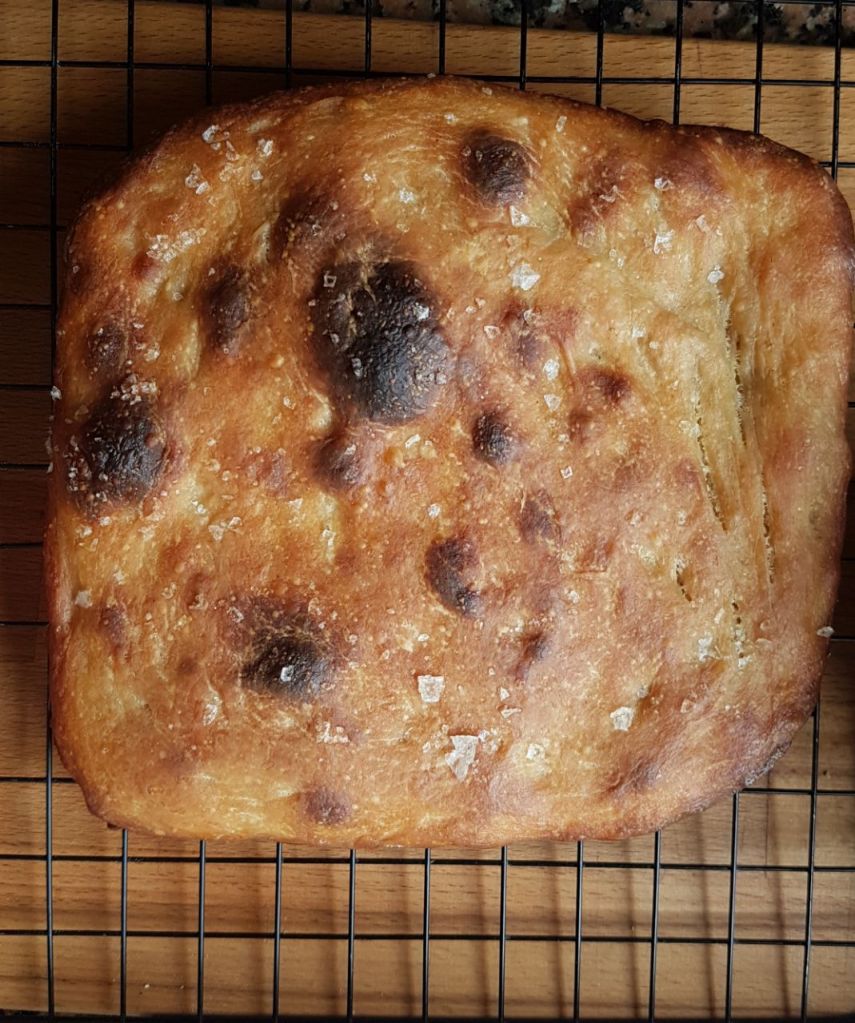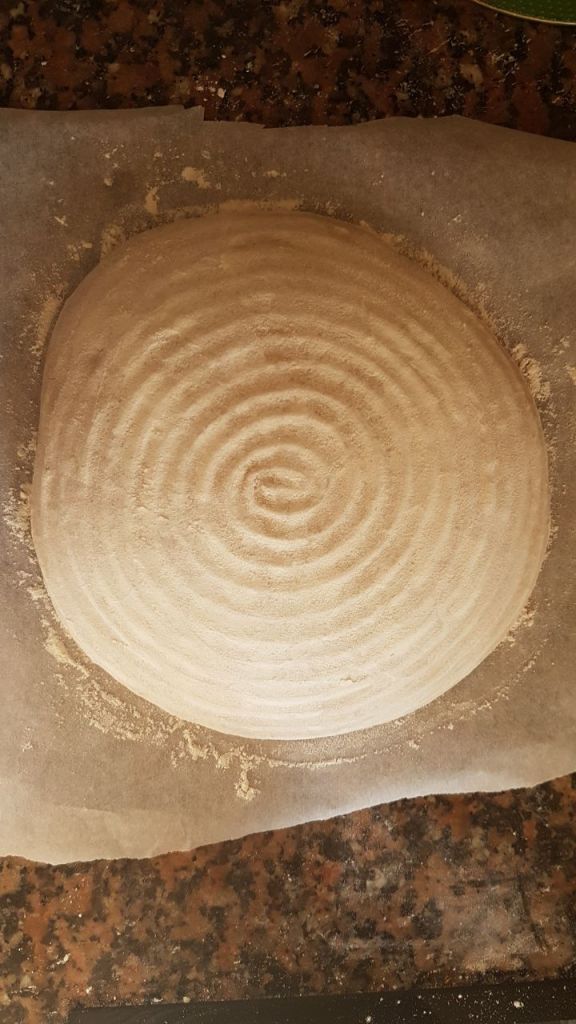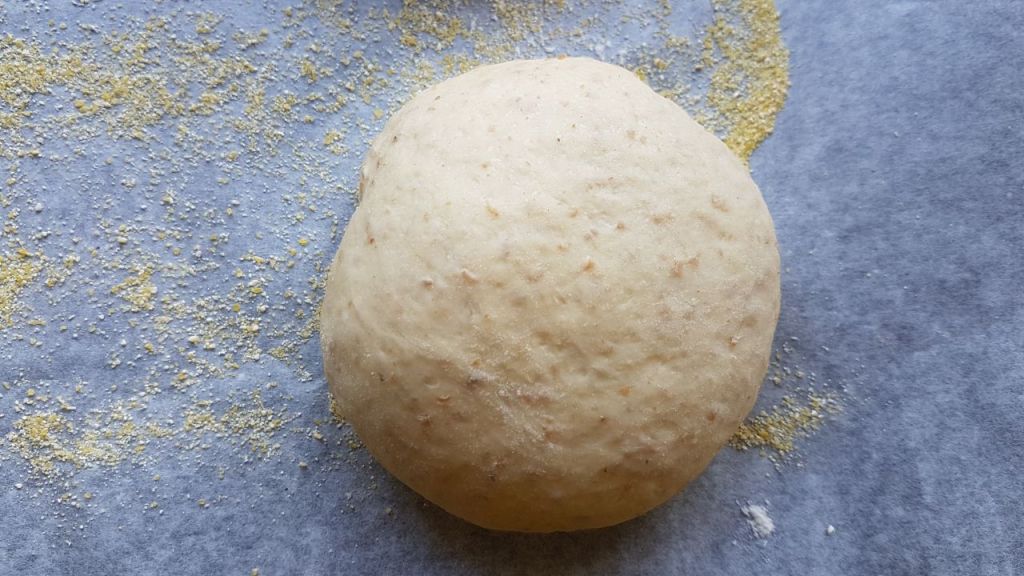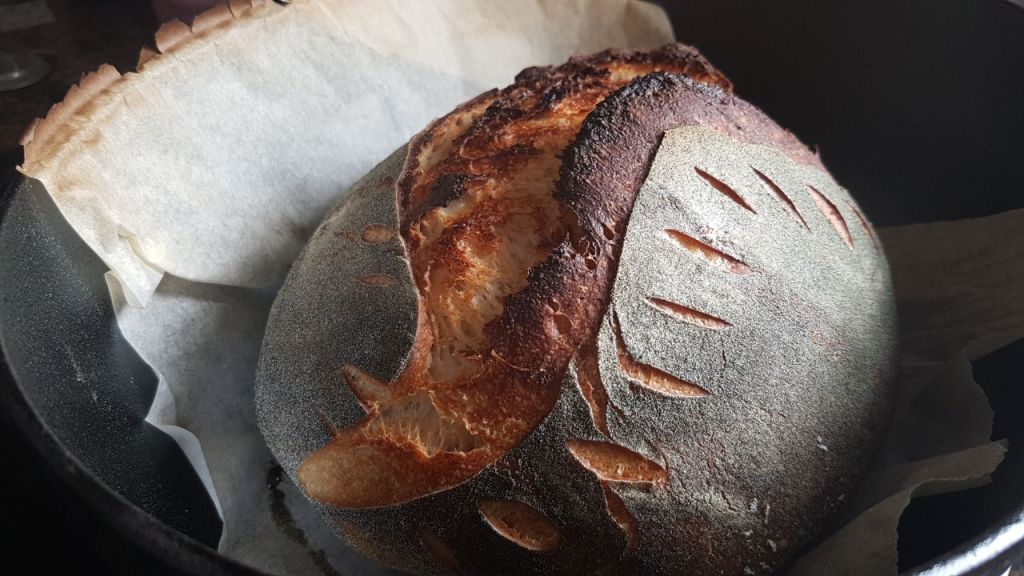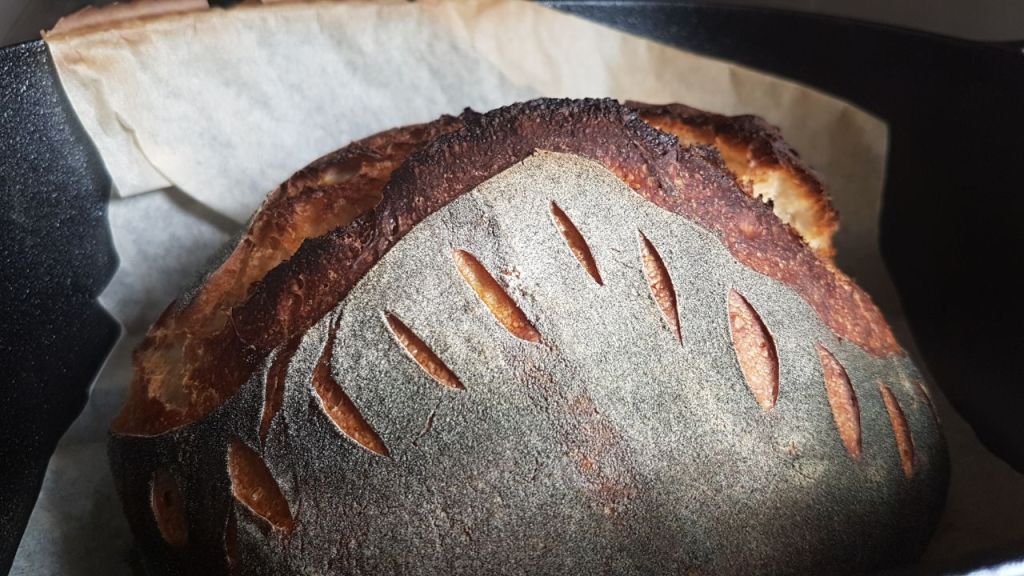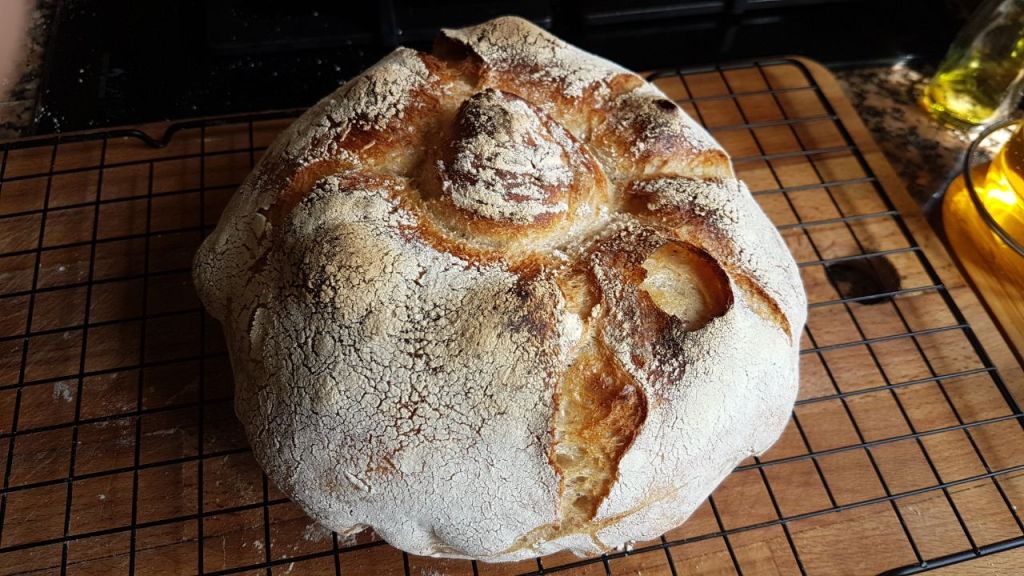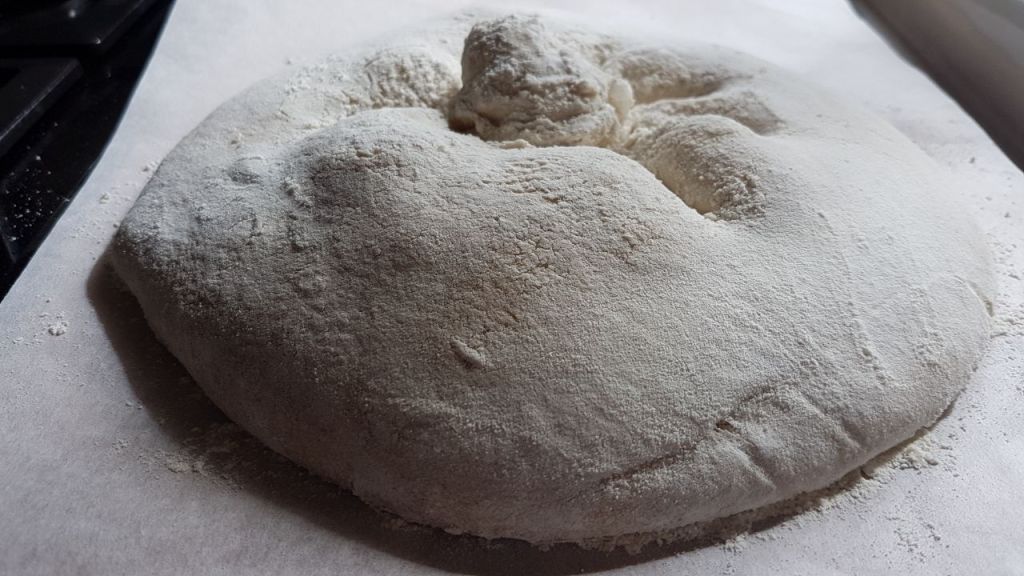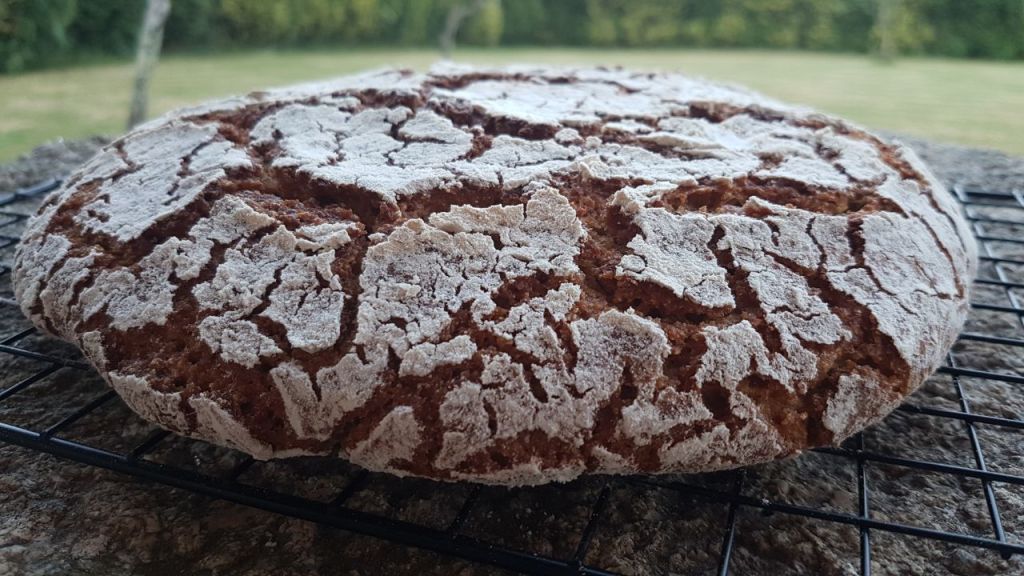Keeping up with the “comfort food” series, today I bring you a recipe typical of La Mancha’s cuisine: Migas (crumbs). This dish is so delicious, but you have to admit that it is one of the champions in the league of high-calorie meals (does it have those grapes to compensate for the excess fat?). I don’t recommend them as a weekly dish but, hey, from time to time, why not?
Another positive point is that migas are perfect as a zero-waste economic dish, as you use the leftover bread crumbs as the main ingredient and side it with chorizo and bacon.
| Ingredients |
• 400 g. of stale bread (if it’s cake, better).
• 3 chorizos.
• 250 g. of bacon.
• 1 tablespoon choricero pepper.
• 3 cloves of crushed garlic.
• 100 ml. water.
• 6 grapes.
| Steps to follow |
• Cut the bread into squares and moisten with 100 ml. of water. Stir and place in a cloth to drain excess water (1 hour).
• Cut the bacon and chorizos into small chunks and sauté in a frying pan or wok. As soon as they have a golden colour, set aside on a plate.
• Sauté the bread over medium heat, using the fat of the chorizos and bacon. As soon as the bread is well browned, add the chorizos and bacon again, along with the crushed garlic and a tablespoon of choricero pepper.
• Sauté for another 3 minutes and serve with the grapes cut in half.




